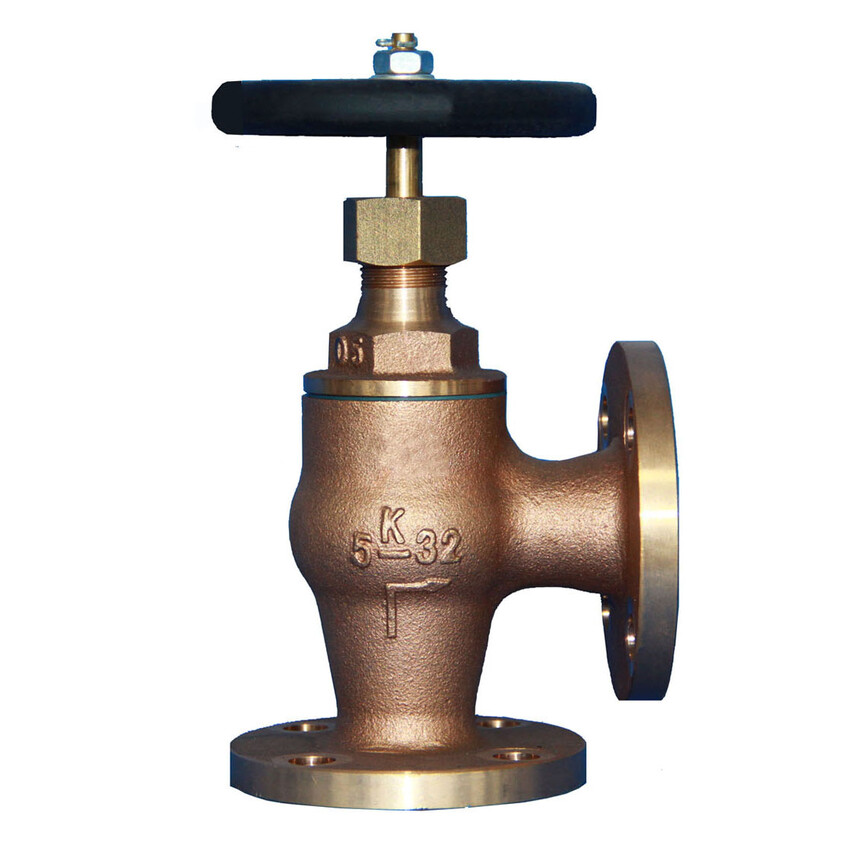|
Inspecting Marine Valves: Identifying and Preventing Potential FailuresValves are integral components within a marine system, ensuring the proper flow and control of fluids. Their operation is crucial for the safety, efficiency, and environmental protection of ships. However, valves can deteriorate over time due to wear and tear, corrosion, and other factors, leading to potential failures that can disrupt operations or cause significant damage. This article aims to explore the inspection of marine valves, identifying common types of failures, and discussing preventative measures to mitigate these risks. Understanding the different types of marine valves is fundamental for effective inspection and maintenance. The primary categories include ball valves, butterfly valves, check valves, globe valves, needle valves, and relief valves. Each type serves a specific purpose and operates under varying conditions. For instance, ball valves are known for their simplicity and reliability in shutoff applications, while globe valves offer precise throttling capabilities. Butterfly valves are often used in large-diameter pipelines due to their space-efficient design. Check valves prevent backflow, ensuring unidirectional fluid movement, and relief valves protect systems from overpressure.
The inspection process for marine valves involves several steps to ensure comprehensive coverage. Visual inspections are the initial step, where inspectors look for external signs of damage, corrosion, or leakage. This can include examining the valve body, bonnet, and connections. Any visible cracks, pitting, or deposits may indicate underlying issues. Additionally, the condition of the valve operator, such as the handle or gear mechanism, should be assessed to ensure it functions smoothly without excessive resistance. Once the visual inspection is complete, more detailed examinations can be performed. This includes testing the valve's operation to verify that it opens and closes correctly without binding or sticking. For valves equipped with seals or gaskets, leak testing may involve using dye penetrant or other methods to detect any seepage. Internal inspections might require removing the valve from its installation, allowing for a thorough assessment of the seating surfaces, plugs, and trim components. Tools like borescopes or closed-circuit television (CCTV) cameras can assist in inspecting areas that are difficult to reach. Identifying potential failures early on is essential to prevent unexpected breakdowns. Common failure modes in marine valves include seat leakage, stem or stem packing leakage, and actuator malfunctions. Seat leakage typically results from worn or damaged seats, which can occur due to erosion, corrosion, or impurities in the fluid. Stem leakage usually arises from deteriorated packing glands or O-rings, leading to fluid leakage during valve operation. Actuator failures can stem from mechanical wear, electrical issues, or lack of lubrication. Preventing these failures involves implementing regular maintenance schedules and adopting best practices for operation and care. Scheduled inspections should be based on manufacturer recommendations and the specific operating conditions of the valve. Routine cleaning and lubrication can significantly extend the lifespan of valve components. It's also important to use the correct lubricants suitable for marine environments to avoid compatibility issues. Another crucial aspect is addressing operational issues promptly. Any signs of difficulty in operation, such as stiffness or delayed response, should be investigated and resolved quickly to prevent further damage. In cases where valves are exposed to harsh conditions, such as high salinity or temperature extremes, selecting materials with enhanced corrosion resistance can reduce the risk of deterioration. Innovation and technology also play roles in preventing valve failures. Advanced monitoring systems can provide real-time data on valve performance, enabling proactive maintenance. Techniques such as thermal imaging can detect abnormal heat patterns indicative of component failure. Additionally, the integration of smart sensors can alert operators to potential issues before they escalate into major problems. Training and knowledge dissemination are equally important in ensuring the longevity and reliability of marine valves. Personnel responsible for valve inspection and maintenance should be well-versed in the latest industry standards and practices. Ongoing training programs can help maintain high levels of expertise and awareness among maintenance teams. In conclusion, inspecting marine valves is a critical process that involves a combination of visual examinations, operational tests, and detailed inspections. Identifying potential failures requires an understanding of common valve types and their typical failure modes. Preventive measures, including regular maintenance, appropriate material selection, and leveraging technology, are essential in mitigating risks associated with valve failures. By adhering to best practices and staying informed about advancements in valve technology, marine engineers can ensure the continued safe and efficient operation of their vessels. |

